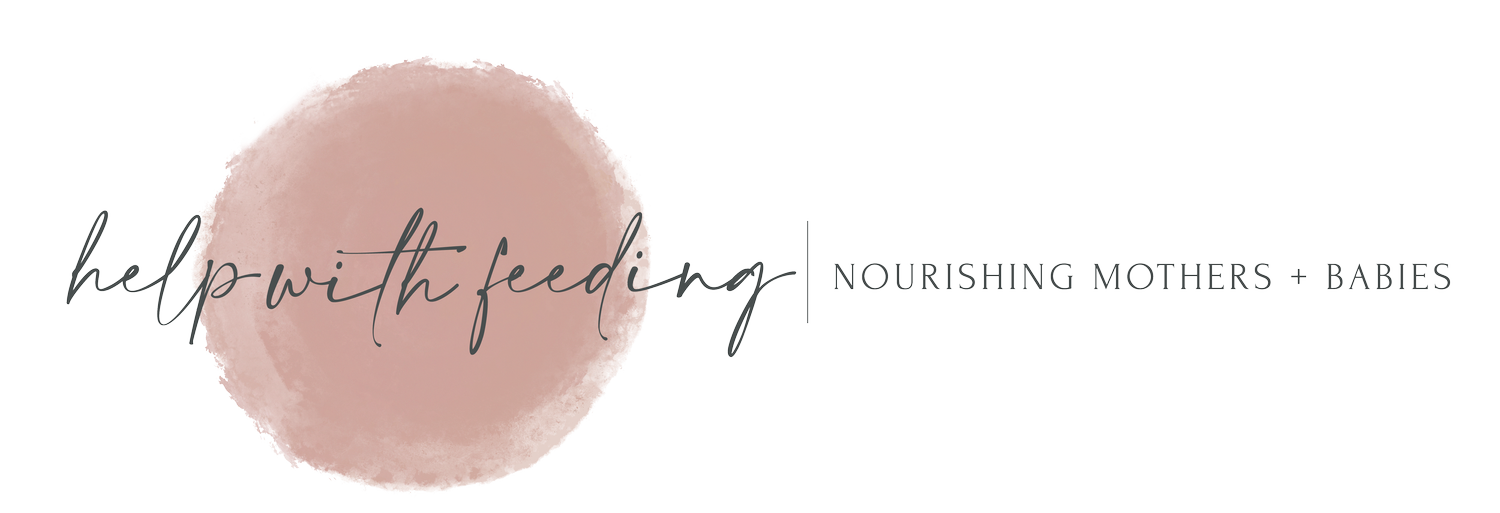How to Change Picky Eating with Your Mealtime Approach
Feeding is a conversation between a parent and their child. The way you interact with your child at mealtimes and around food has an impact on your child’s eating habits. From birth, your sensitivity and responsiveness to their feeding readiness cues as well as signs that they are finished eating, lay the foundation for your child’s lifelong eating habits. Your general parenting style, your child’s temperament, and other factors that may complicate the feeding relationship (reflux, difficulty with breastfeeding), all affect your feeding style.
So first, let's find out... What kind of "feeder" are you?
How would you respond if this were your child pictured here? There are three common responses we see:
1. Offer a different food immediately or offer her more food again in a half hour. You might even offer her bites of food while she is happily playing on the floor or cruising around the room. If she refuses this food, you might note that she "doesn't like squash" and avoid offering it to her in the future.
2. Continue offering the spoon and/or holding it by her lips until she opens her mouth and "gives in". You might take out toys or your phone/tablet to distract her in order for her to take a few more bites. This type of parent finds ways to "sneak" the food in, like getting your baby to smile or laugh and then giving her a bite of food when she opens her mouth.
3. Wait several seconds and try again. Offer her a spoon to see if she would like to feed herself. Discontinue the feeding if her message is consistent and clear, despite how much (or how little) she has eaten that meal.
The first type of response is represents a permissive feeding style. This type of "feeder" is unstructured, very involved, and nurturing. This parent provides little to no structure in terms of a mealtime schedule and expectations (may feed "on demand"), typically allowing the child to eat whenever and what they want. This parent tends to use food as a reward or comforter, and also uses food to control a child’s behavior (i.e., "If you sit in your seat, you can have a cookie.").
The second response is characteristic of an authoritarian feeding style. This "feeder" is very structured, restrictive and may be forceful. The parent dominates the feeding situation (does not allow child to self-feed), overpowers the child and/or does not respond to their cues, and may rely on force-feeding (sometimes to ensure increased intake in cases of poor weight gain). This type of feeding style might evolve when the child's feeding cues are difficult to read (temperament or underlying feeding difficulties) and a parent/caregiver is anxious about the child's overall intake or their ability to meet their needs.
The third response is consistent with an authoritative feeding style. This parent is involved, structured, and nurturing. During mealtimes, this type of "feeder" engages in conversation and eye contact with the child, provides clear expectations surrounding mealtimes, responds consistently to hunger and satiety cues, and allows older infants/toddlers to self-feed. This is the ideal feeding style for any type of child at any ability level.
What does the research tell us about the consequences of these feeding styles?
If you are permissive, your child is likely to have a high intake of food that is high in salt and sugar, low intake of fruit and vegetables, and is likely to be overweight or obese. Your child will decide when and what to eat, as well as how much. Selective eating habits can worsen significantly when a permissive feeding style is the primary approach to mealtimes.
If you are authoritarian, your child is likely to display negative mealtime behaviors such as refusing to eat, crying, being distracted or picky. Long-term, your child is likely to become overweight or obese. If you are the controlling type, your child will not develop the ability to self-regulate food intake, will eat in the absence of hunger, and will likely have a lower body mass index (BMI) as a young child. For those who are controlling mealtimes due to concerns about poor weight gain, consider that this feeding style actually results in a lower body mass index! If you are the restrictive type, your child will likely seek out food that has been restricted and overindulge when she finds it, and this could lead to being overweight or obese.
If you are authoritative at mealtimes and around food, your child learns to self-regulate food intake, self-feed, and enjoy mealtimes. Your child develops healthy eating habits, accepts food when it is offered, and learns that you will consistently respond to her hunger/satiety cues.
If you have concerns about your child's eating habits, working to adopt an authoritative feeding style can be a great first step. Changing your behavior as a parent is much more effective than trying to directly change your child's behavior. To learn more about the authoritative feeding style and how to incorporate changes at your table, check out my new digital guide, “How to Manage Mealtimes with Little Ones”, available here.


